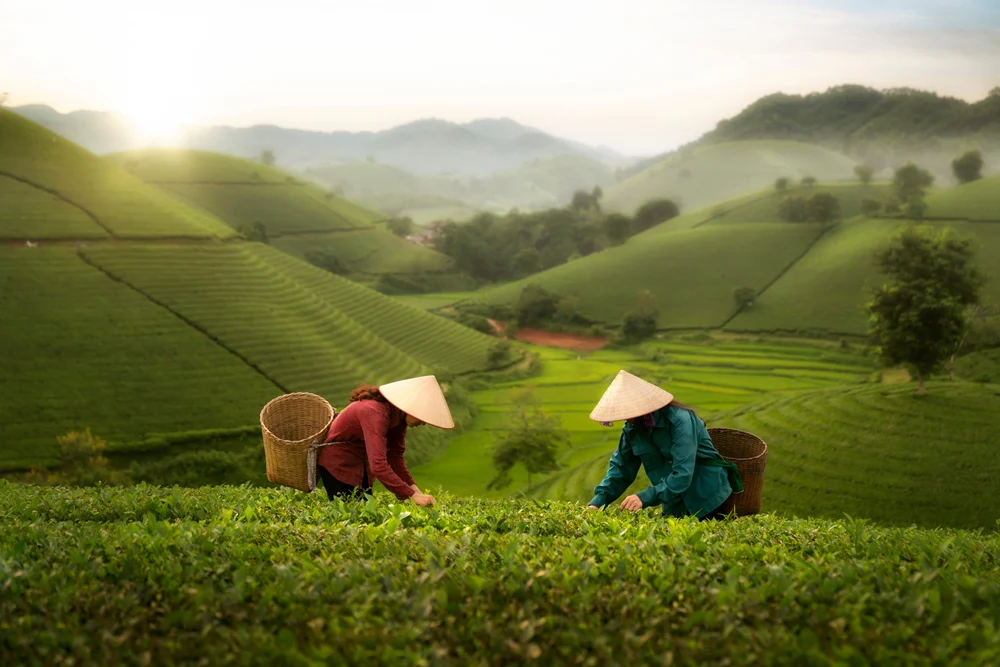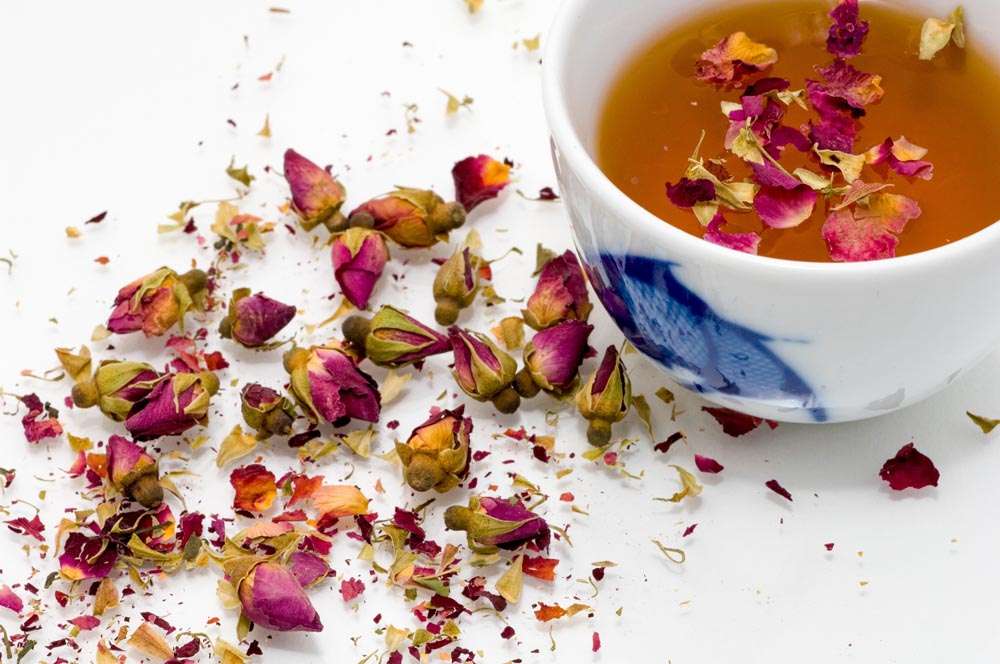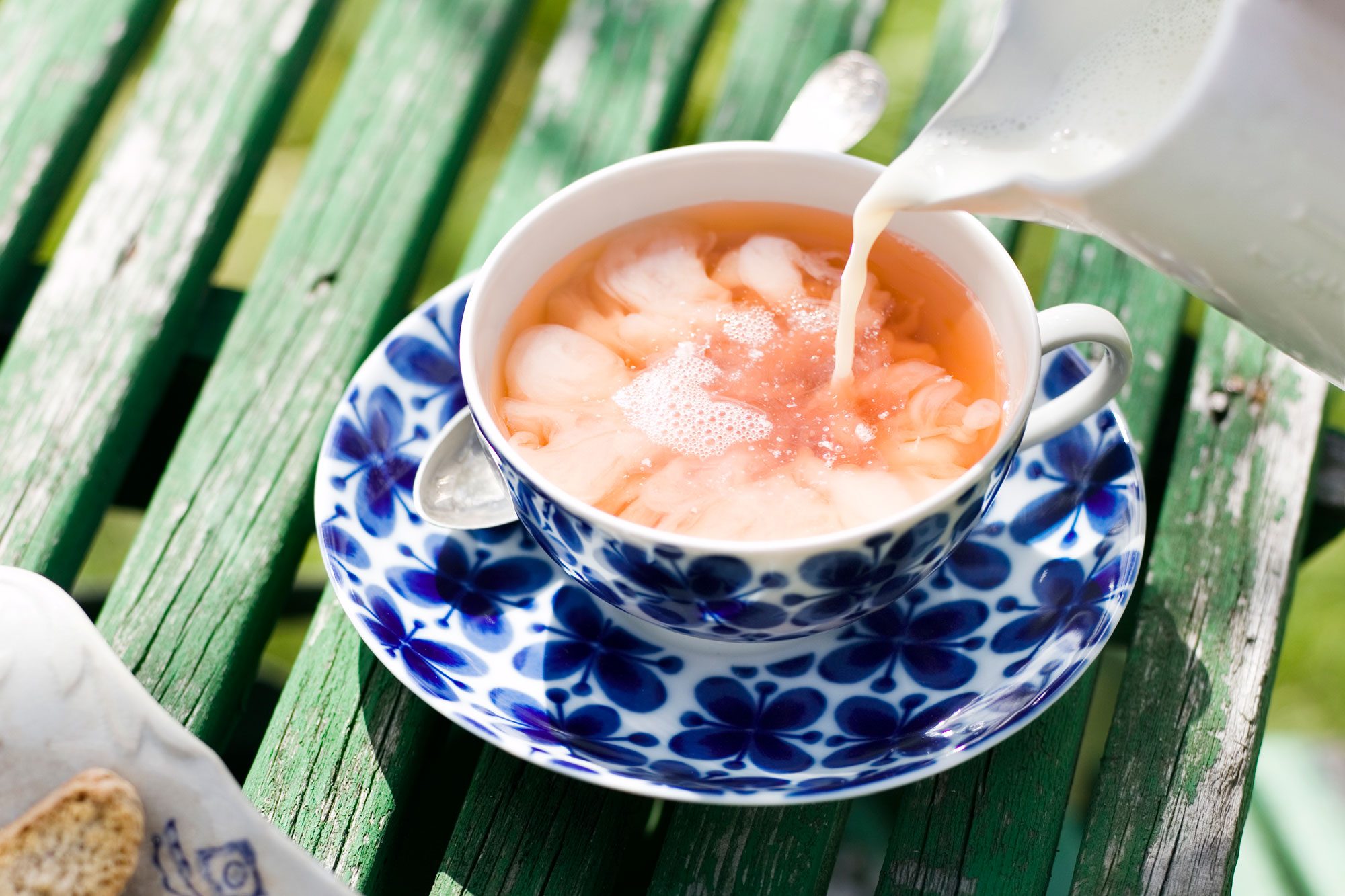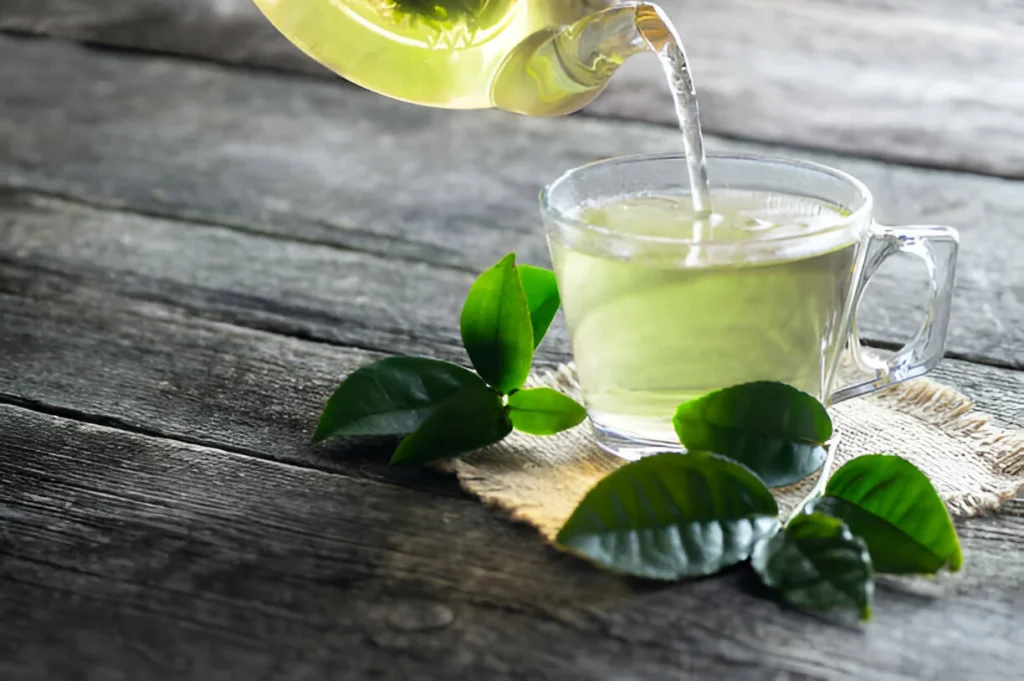Pink tea, also known as noon chai or gulabi chai, is a visually striking and flavorful beverage that has captured the hearts of tea lovers worldwide. Originating in Kashmir, this traditional tea stands out for its rosy hue, creamy texture, and rich, nutty flavor. It is both a culinary and cultural delight, offering a sensory experience that combines artistry, flavor, and tradition.
Let’s explore the origins, preparation, and nuances of pink tea, along with tips for crafting this beautiful drink at home.
1. The Origins of Pink Tea
Pink tea is deeply rooted in Kashmiri culture and is often served during special occasions, celebrations, and family gatherings. It is a staple in the region’s culinary tradition, where tea-making is considered an art form.
Cultural Significance
- Hospitality: Pink tea symbolizes warmth and hospitality, often shared with guests as a gesture of goodwill.
- Ceremony: It is an integral part of Kashmiri weddings and festivals.
- Regional Variations: Variations of pink tea can also be found in other parts of South Asia, including Pakistan and northern India, where it has been adapted with local ingredients and flavors.
2. What Makes Pink Tea Unique?
Several factors set pink tea apart from other types of tea:
a. Distinct Color
The rosy pink hue of the tea is a result of a chemical reaction that occurs during its preparation. The combination of green tea leaves, baking soda, and vigorous whisking creates the tea’s signature color when milk is added.
b. Rich, Creamy Texture
Pink tea is made creamy by adding milk, often full-fat or condensed, giving it a luxurious and indulgent mouthfeel.
c. Flavor Profile
The tea has a complex flavor, combining:
- Earthy Notes: From the green tea leaves.
- Slight Bitterness: Balanced by sweetness from added sugar or condensed milk.
- Nutty Undertones: Often enhanced by garnishes like pistachios and almonds.
- Aromatic Spices: Sometimes flavored with cardamom, cinnamon, or saffron for added depth.
3. Ingredients for Pink Tea
Authentic pink tea relies on simple but carefully chosen ingredients to achieve its characteristic flavor and appearance.
Essential Ingredients
- Green Tea Leaves: Traditionally, a special variety of Kashmiri green tea is used, but other types of high-quality green tea can work.
- Baking Soda: A small pinch helps create the chemical reaction that turns the tea pink.
- Milk: Full-fat milk or a mix of milk and cream is ideal for richness.
- Water: Filtered water enhances the purity of flavors.
- Sweetener: Sugar or condensed milk to taste.
Optional Additions
- Cardamom: For a floral, aromatic note.
- Almonds and Pistachios: Chopped or slivered for a nutty garnish.
- Saffron: Adds a touch of luxury and an exotic aroma.
4. How to Make Pink Tea
Preparing pink tea requires patience and technique, but the results are well worth the effort. Here’s a step-by-step guide:
a. Brewing the Tea
- Boil Water: Bring 2 cups of water to a boil in a saucepan.
- Add Tea Leaves: Add 2 teaspoons of green tea leaves and let them simmer.
- Add Baking Soda: Add a small pinch of baking soda. Stir well and continue to simmer until the liquid reduces by half.
b. Whisking for Color
- Whisk Vigorously: Remove the pan from heat and whisk the tea briskly using a ladle or whisk. This aerates the tea, intensifying its flavor and encouraging the pink color to develop.
c. Adding Milk
- Return to Heat: Add 1 cup of cold water to the pan and simmer again.
- Mix in Milk: Gradually pour in warm milk, stirring continuously until the tea turns pink. Adjust the amount of milk based on your desired color and creaminess.
d. Sweetening and Garnishing
- Sweeten: Add sugar or condensed milk to taste.
- Garnish: Serve hot in cups or glasses, garnished with slivered almonds, pistachios, or a sprinkle of cardamom.
5. Variations of Pink Tea
Pink tea is versatile and can be adapted to suit different tastes and dietary preferences:
a. Vegan Pink Tea
- Replace regular milk with almond milk, coconut milk, or cashew milk for a plant-based version.
b. Spiced Pink Tea
- Enhance the flavor by adding spices like cinnamon, star anise, or cloves during the simmering process.
c. Chilled Pink Tea
- Prepare the tea as usual, then cool it in the refrigerator and serve over ice for a refreshing summer treat.
6. Health Benefits of Pink Tea
In addition to its visual and flavor appeal, pink tea offers several potential health benefits:
- Rich in Antioxidants: The green tea base is a good source of catechins, which help combat free radicals.
- Digestive Aid: The spices and milk can soothe the digestive system and promote gut health.
- Hydration: A delicious way to stay hydrated, especially when served iced.
- Mood Booster: The ritual of preparing and sipping pink tea provides a calming and enjoyable experience.
7. Tips for Perfect Pink Tea
- Use Fresh Ingredients: Always use high-quality green tea leaves and fresh milk for the best flavor.
- Be Patient: Achieving the perfect pink hue takes time, so don’t rush the process.
- Experiment with Ratios: Adjust the balance of water, tea leaves, and milk to suit your personal taste.
- Serve with Snacks: Pair pink tea with traditional Kashmiri bread, cookies, or light pastries for a delightful experience.
8. Pink Tea Around the World
While pink tea is most commonly associated with Kashmir, it has become popular in neighboring countries and beyond:
- Pakistan: Often enjoyed with a sweeter profile and heavy cream.
- Middle East: Sometimes infused with rosewater for an aromatic twist.
- Western Countries: Gaining popularity in cafes and among tea enthusiasts for its Instagram-worthy appearance and unique flavor.
Conclusion
Pink tea is more than just a drink; it’s an experience that brings together culture, flavor, and artistry. Whether served during a festive gathering or as a comforting personal treat, it captures the essence of tradition and creativity. With its vibrant color, creamy texture, and layered flavors, pink tea is a must-try for anyone looking to expand their tea repertoire. Embrace the ritual of preparing this stunning brew and enjoy a cup of pink perfection.






